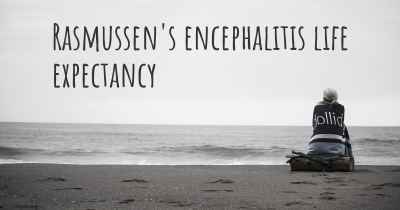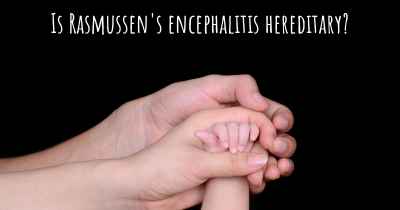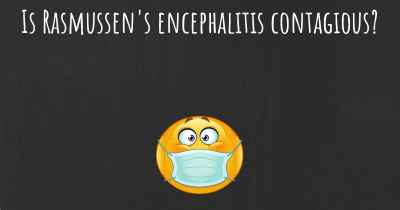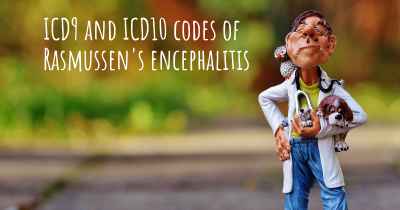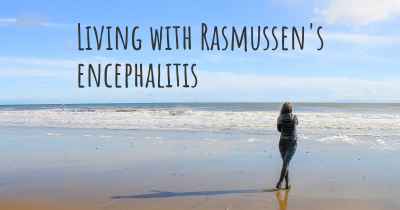Which are the causes of Rasmussen's encephalitis?
See some of the causes of Rasmussen's encephalitis according to people who have experience in Rasmussen's encephalitis
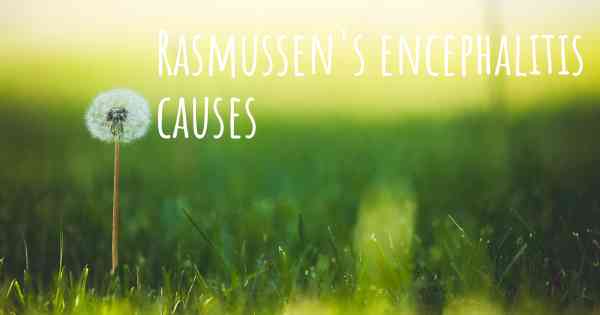
Rasmussen's encephalitis is a rare and progressive neurological disorder that primarily affects children. It is characterized by inflammation and damage to one hemisphere of the brain, leading to seizures, cognitive decline, and neurological deficits. While the exact cause of Rasmussen's encephalitis remains unknown, several factors have been proposed as potential contributors to the development of this condition.
Autoimmune response: One prevailing theory suggests that Rasmussen's encephalitis may be an autoimmune disorder, where the body's immune system mistakenly attacks healthy brain tissue. This hypothesis is supported by the presence of immune cells and antibodies within the affected brain hemisphere. However, the trigger for this autoimmune response is still unclear.
Viral infection: Another hypothesis proposes that Rasmussen's encephalitis may be triggered by a viral infection. It is believed that a viral infection in the brain could initiate an immune response, leading to inflammation and subsequent damage to brain tissue. However, no specific virus has been consistently associated with the development of Rasmussen's encephalitis.
Genetic factors: While Rasmussen's encephalitis is not typically considered a hereditary disorder, there may be genetic factors that predispose individuals to develop the condition. Studies have identified certain genetic variations that could potentially increase the susceptibility to autoimmune reactions or impair the body's ability to regulate immune responses. However, more research is needed to fully understand the genetic components involved.
Environmental triggers: It is possible that certain environmental factors play a role in the development of Rasmussen's encephalitis. These triggers could include exposure to toxins, infections, or other external factors that disrupt the immune system or provoke an autoimmune response. However, specific environmental triggers have not yet been identified.
Neuroinflammation: Inflammation within the brain is a hallmark of Rasmussen's encephalitis. The immune system's response, whether triggered by autoimmunity or infection, leads to chronic inflammation and the release of inflammatory molecules. This ongoing neuroinflammation contributes to the progressive damage and functional impairment seen in Rasmussen's encephalitis.
Neuronal loss and gliosis: Over time, Rasmussen's encephalitis leads to the loss of neurons (nerve cells) and the proliferation of glial cells (supporting cells in the brain). This process, known as gliosis, further contributes to the neurological deficits observed in affected individuals.
Unilateral brain involvement: Rasmussen's encephalitis typically affects only one hemisphere of the brain, leading to asymmetrical symptoms and functional impairments. The reason for this unilateral involvement is not fully understood, but it may be related to the specific mechanisms underlying the disease process.
In conclusion, while the exact causes of Rasmussen's encephalitis are still not fully understood, current research suggests that it may involve an autoimmune response, viral infection, genetic factors, environmental triggers, neuroinflammation, and subsequent neuronal loss and gliosis. Further studies are needed to unravel the complex mechanisms underlying this debilitating neurological disorder.
